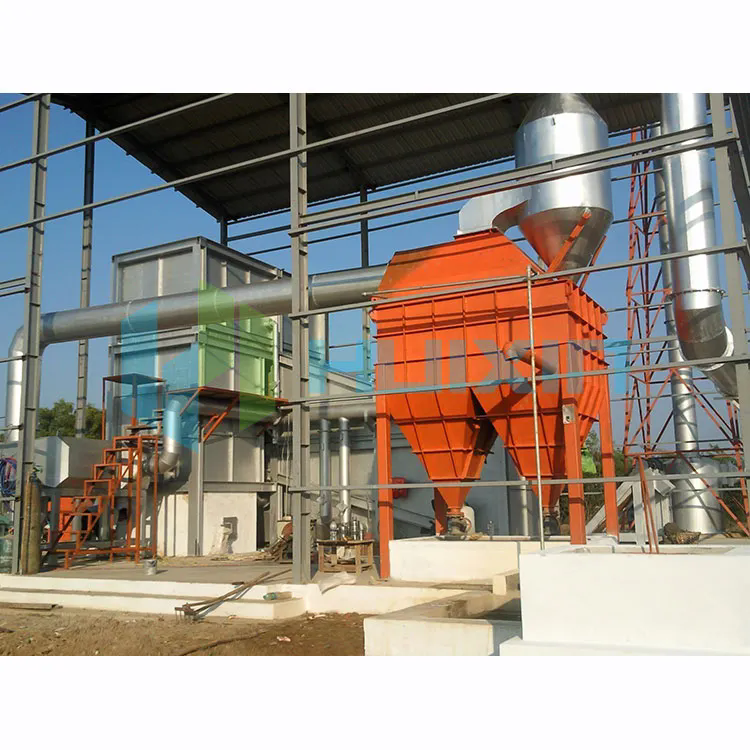Can Waste Incinerators Be the Key to Sustainable Waste Management?
2024-12-11
As urban populations grow and consumption increases, waste management has become a pressing global challenge. Among the many technologies available, waste incinerators stand out as a solution that not only reduces waste volume but also generates energy. But are they truly sustainable, and what makes them an integral part of modern waste management strategies?
1. What Is a Waste Incinerator?
A waste incinerator is a facility designed to burn solid waste at high temperatures, reducing it to ash, flue gases, and heat. These systems are often equipped with advanced filtration technologies to minimize environmental impact and can handle a wide variety of waste, from municipal solid waste to hazardous materials.
2. How Does Waste Incineration Work?
The incineration process typically involves several stages:
- Waste feeding and combustion: Waste is introduced into the furnace, where it is burned at temperatures exceeding 850°C.
- Heat recovery: The heat generated is captured to produce steam, which can drive turbines for electricity or provide district heating.
- Emission control: Advanced scrubbers and filters remove harmful pollutants from the flue gases before they are released into the atmosphere.
3. What Are the Benefits of Waste Incinerators?
One of the primary advantages of waste incinerators is their ability to significantly reduce waste volume, often by up to 90%. This alleviates the strain on landfills, which are rapidly reaching capacity in many areas. Additionally, waste incineration generates energy, providing a renewable source of electricity and heat.
4. Do Waste Incinerators Address Environmental Concerns?
Modern waste incinerators are designed with strict environmental standards in mind. Technologies like flue gas treatment systems and continuous monitoring ensure emissions of pollutants such as dioxins, furans, and particulate matter are kept within safe limits. Moreover, the ash produced can sometimes be reused in construction, further reducing waste.
5. How Do They Compare to Landfills?
While landfills trap waste for decades, waste incinerators offer a more immediate solution by destroying waste and recovering energy. They also reduce greenhouse gas emissions, as incineration produces far less methane—a potent greenhouse gas—than landfills.
6. Are Waste Incinerators Economically Viable?
Though the initial investment for a waste incineration facility can be high, the energy generated often offsets operational costs. Many governments and municipalities view waste incinerators as a cost-effective way to manage waste while producing energy, especially in areas where landfill space is limited.
7. What Role Do Waste Incinerators Play in Circular Economies?
In a circular economy, the goal is to minimize waste and maximize resource recovery. Waste incinerators contribute to this by recovering energy and materials that would otherwise go to waste. They complement recycling efforts by processing non-recyclable waste, ensuring that valuable resources are not lost.
8. What Are the Limitations of Waste Incineration?
Despite their benefits, waste incinerators are not without drawbacks. Critics point to the high costs of construction and maintenance, as well as concerns about emissions. Additionally, they require a steady waste stream to remain economically viable, which could discourage efforts to reduce waste generation and increase recycling.
Ultimately, waste incinerators offer a practical solution to many waste management challenges. When implemented alongside robust recycling and waste reduction programs, they can play a vital role in achieving sustainable waste management and energy goals.



